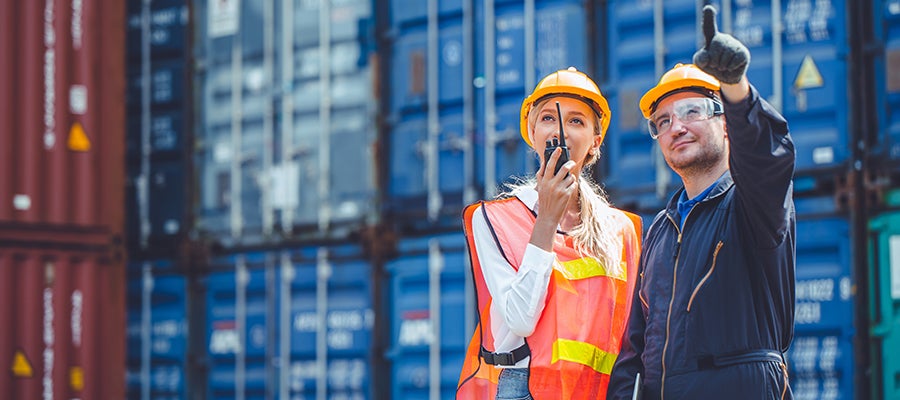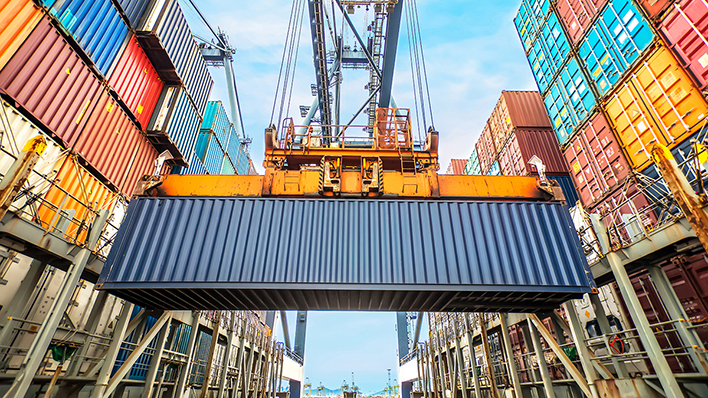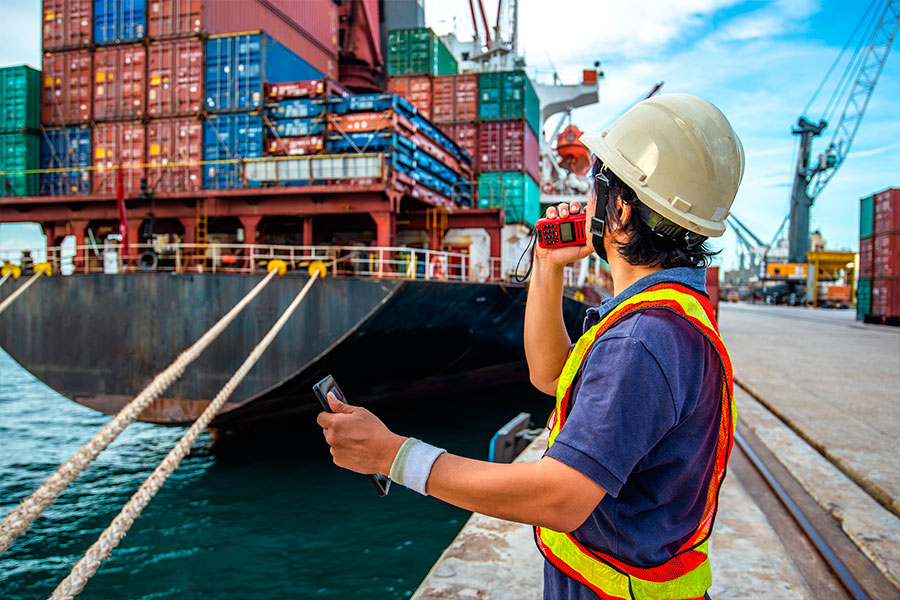Global trade stability was also evident in global supply chains, confirmed by 4% year-on-year growth in intermediate goods trade in the second quarter of 2022.

In addition, trade in products significantly affected by the war and trade from the most exposed countries were remarkably resilient.
Trading partners found alternative sources to fill the gaps for most conflict-affected products, such as wheat, corn, sunflower products, fertilizers, fuels, and palladium, a rare earth mineral used in automotive catalytic converters.

Prices of goods heavily affected by the war increased less than expected at the beginning of the war. Among the goods most affected by the war, prices increased by 24.2% for corn.
While these price increases are substantial, they are significantly lower than the gloomiest predictions. Simulations conducted by the organization's Secretariat staff highlighted that, in the event of a cascade of food export restrictions, wheat prices could have increased by as much as 85% in some low-income regions, compared to the actual increase of 17%.

The note also finds that Ukrainian exports collapsed by 30% in 2022 in value terms. Cereal exports, which are critical to the food security of many African economies, declined by 14.9%, forcing these economies to adjust their supply patterns.
Russia's exports expanded by 15.6% in value terms due to higher prices, particularly for fuels, fertilizers and cereals. However, estimates suggest that Russia's export volume may have declined slightly. Trade flows of industrial goods, such as motor vehicles, pharmaceuticals or aircraft, have slowed considerably, where sanctions are more restrictive.
Translated by: A.M
 English
English  Español
Español 
